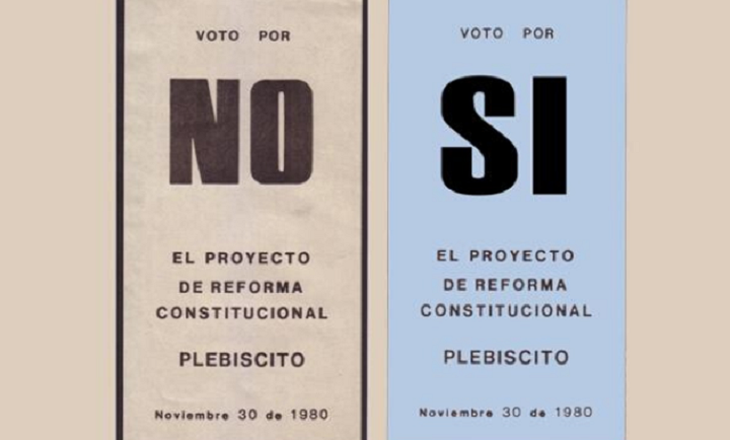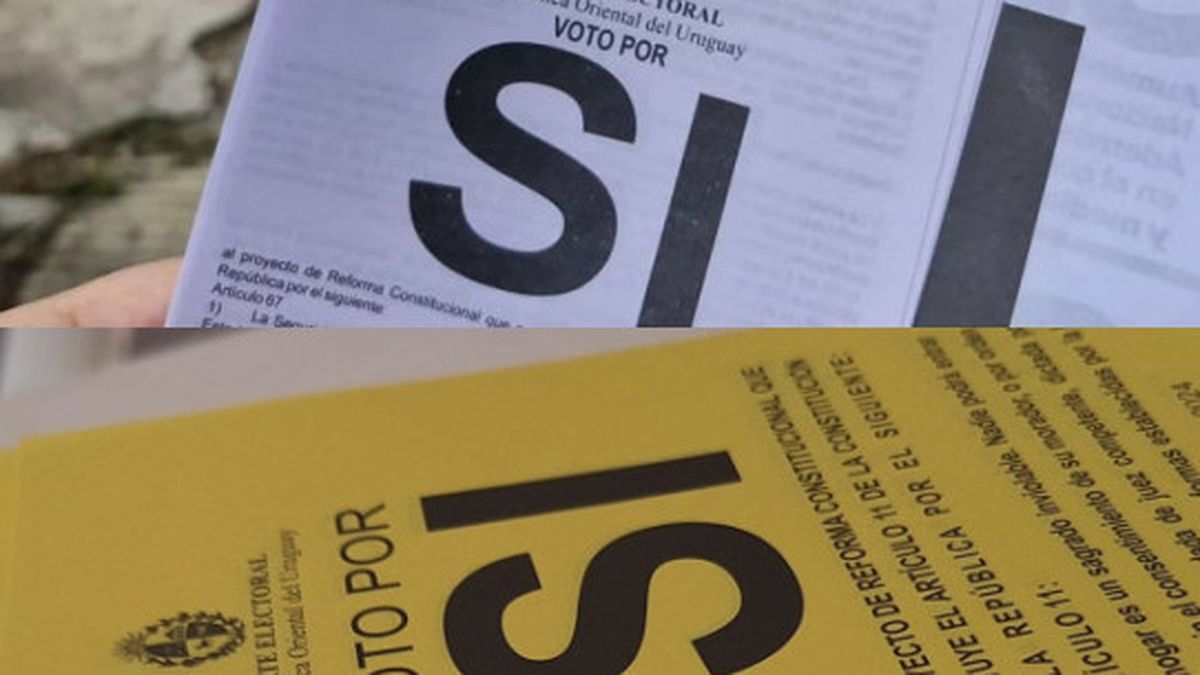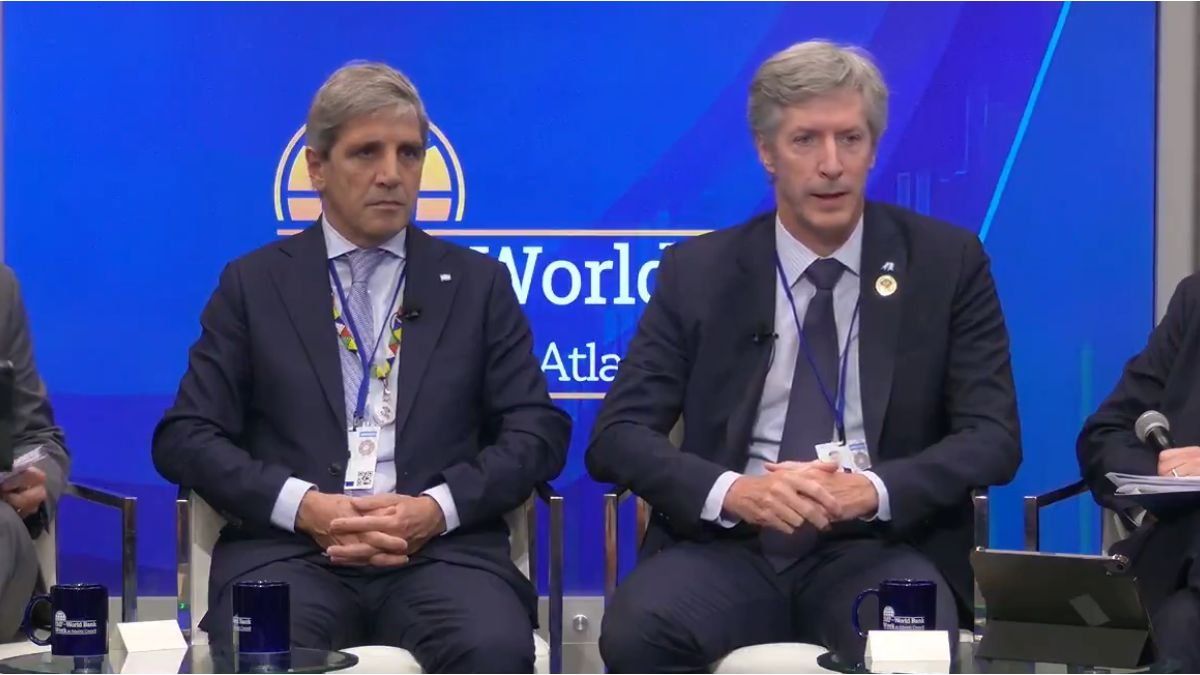In this scenario, the result of previous experiences is not auspicious for the promoters of the initiatives. Since 1989, four ballots have been validated, against eight that were discarded by citizens, either on issues similar to the current ones or on proposals about the electoral system, public companies, the Judiciary and the Expiration Law.
Water-transformed.webp
How were the last experiences?
Without counting the referendums, that aim to nullify a law of the Parliament, The last four plebiscites did not manage to overcome the threshold of 50% + one vote, so to find a case of success we must go back 20 years, when on October 31, 2004, the constitutional reform that gave the State the exclusive responsibility of the water and sanitation management, with broad support from citizens, since 64.6% voted Yes.
From there, no popular consultation managed to prosper. In 2019, the plebiscite on security “Live without Fear”, promoted by the then senator Jorge Larrañaga (National Party), It reached 46.8% and foundered, despite the fact that the polls showed the possibility of a tight approval despite not having the support of the presidential candidates.
The same percentage was obtained in 2014 by the initiative to lower the imputability up to 16 years old, supported by the Colorado Party and the blacksmithing, with the main sponsorship of the current candidate for senator, Pedro Bordaberry.
As for 2009, the rejection occurred twice, with both setbacks for the Broad Front, that prompted the approval of the consular voteand the cancellation of the Expiration Law. The latter was close to the threshold, with 48%, with initial figures that suggested approval. Meanwhile, the possibility of voting from abroad achieved only 37.4% voting for Yes, despite the fact that the initiative had good chances according to some polls.
The rest of the plebiscites since the return of democracy
Going back to the end of the last century, the 1999 elections also had two popular consultations, both of them without gathering the necessary votes. The proposal to provide resource autonomy to the Judiciary added 43.1%, while the project to prevent directors of state companies and autonomous entities from carrying out political activity he obtained 38.2%.
On the other hand, the Uruguayans did validate the constitutional plebiscite of 1996, which, unlike the previous ones, was not concurrent with national elections and had an adhesion of 50.5%, approving, among other things, the separation of the departmental votes, the abolition of sublemmas and the introduction of the internal and the runoff.
Previously, in 1994, the initiative that declared the unconstitutionality of changes in the value of pensions and retirements by Accountability, while the initiative that sought to establish 27% of the national budget for education was widely rejected, with 28.6% supporting it.
Outside of the elections, on August 28 of that year they voted to implement the constitutional “Mini-reform” that enabled the cross vote between slogans, which obtained just 28.5% of the votes.
Meanwhile, the first plebiscite since the return of democracy was that of the retirement reform of 1989, which sought a mechanism to guarantee the indexation of increases in pensions to the average increase in salaries, as well as the obligation of the State to assist the BPS if necessary to guarantee the financing of liabilities. This initiative was the one with the greatest support to date, being ratified at the polls with an approval of 72.5%.
Plebiscitodictatorship.png

A popular consultation in the dictatorship and the previous years
Previously, in 1971, the initiative to establish the presidential reelection, which totaled 26.2% of the votes, while the project to force the president’s resignation if any minister was found guilty of violating the law was also discarded.
In turn, in 1966 they applied four ballots, with different proposals for constitutional reform. At that time, the “orange” triumphed with 47.5% of the accessions, compared to 10.6% of the “gray”, 5.2% of the “yellow” and 0.07% of the “ pink.”
Further back in time, in 1951 the creation of a collegiate government system with 54% of the accessions, while a plebiscite in 1950 and another two in 1946 failed to be validated.
On the other hand, the proposal for the new Constitution of 1942 (with 77% of the votes), as well as the amendments in 1938 and the consultations of 1934 and 1917, when the first plebiscite took place.
Today, 107 years after that moment, two new initiatives will be put into play in the elections 2024: Will any of them be able to avoid the historical negative bias and be validated or will they stretch the number of consecutive rejections to six?}
Source: Ambito
I am an author and journalist who has worked in the entertainment industry for over a decade. I currently work as a news editor at a major news website, and my focus is on covering the latest trends in entertainment. I also write occasional pieces for other outlets, and have authored two books about the entertainment industry.




